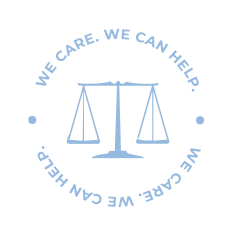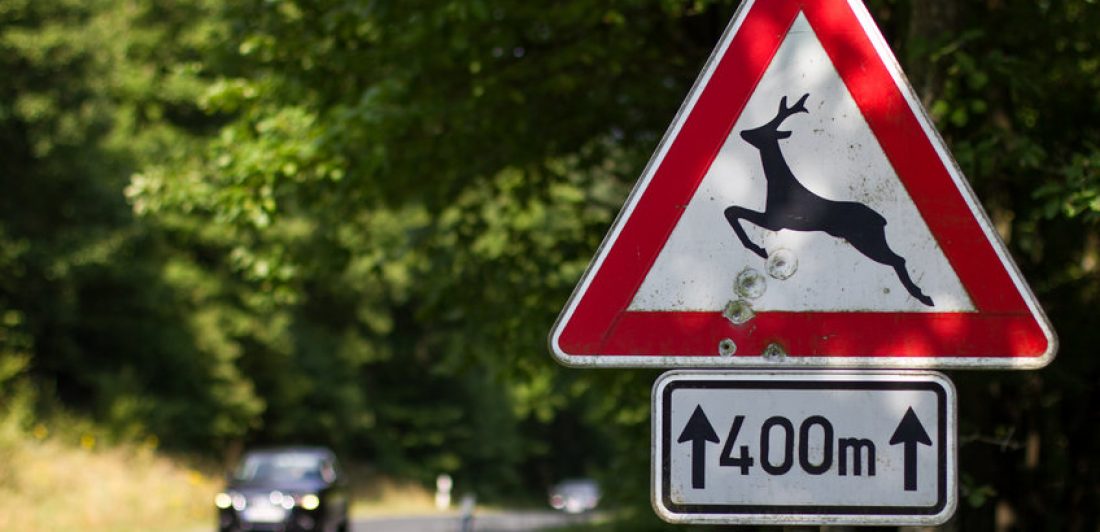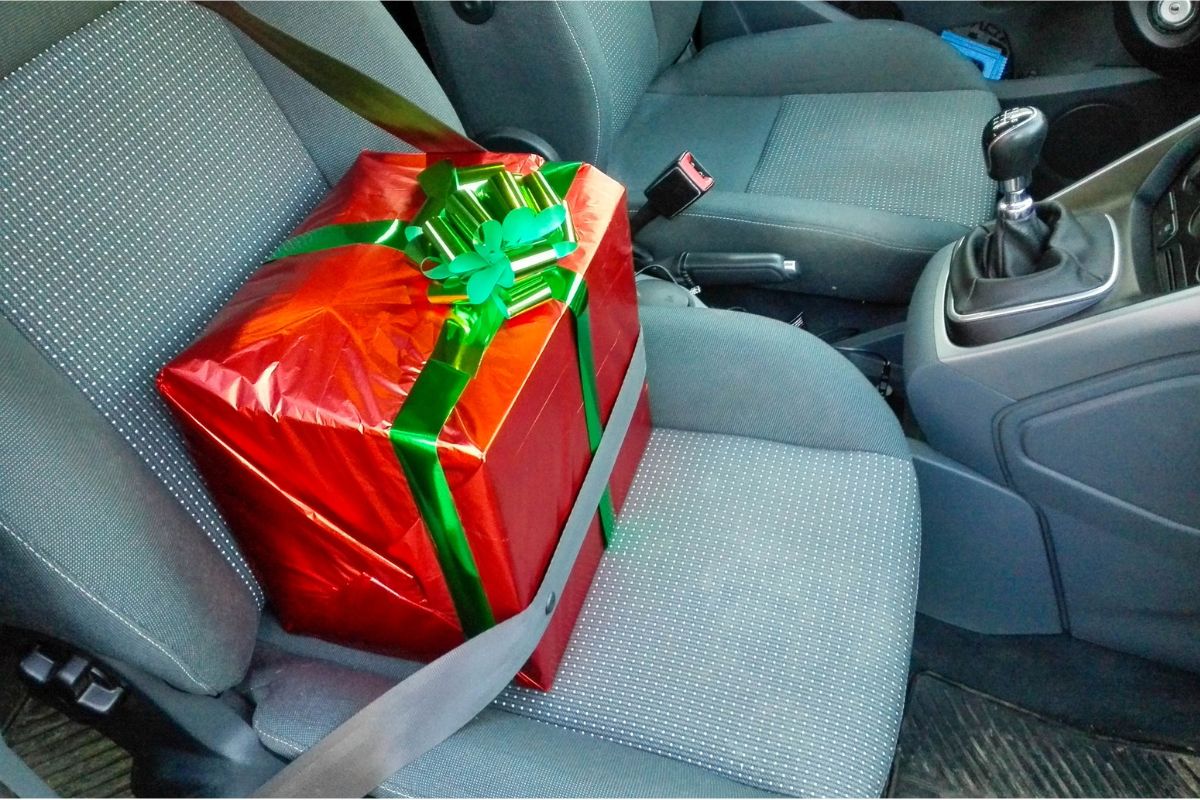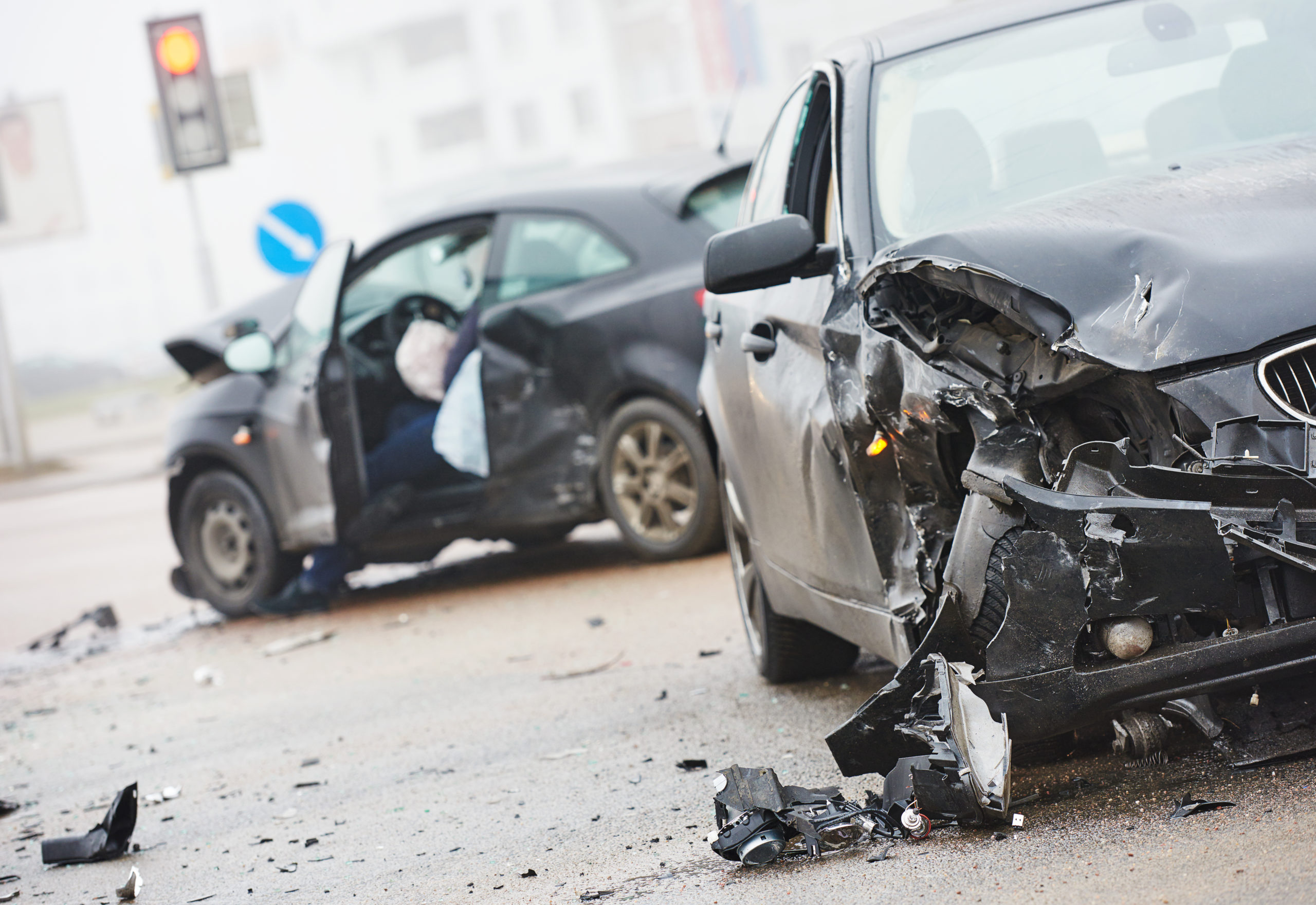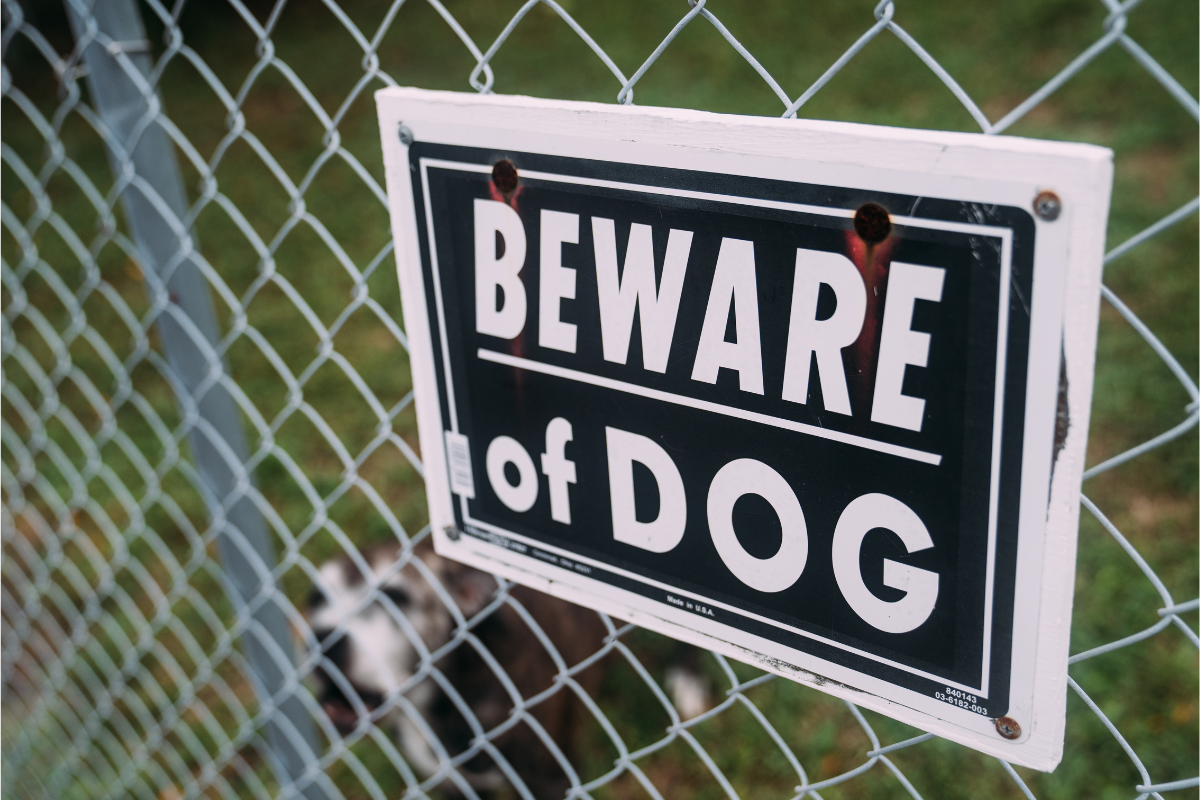As we inch deeper into the fall and winter months, nightfall comes fast and the temperature and leaves begin to fall. This time of year comes with a peculiar oddity when operating a motor vehicle on the road: unexpected objects. Unexpected objects can be anything as small as a wood plank or tire to large objects like sofas, Christmas trees or even local wildlife. In fact, because deer-breeding season runs from October through December, deer-vehicle collisions peak in mid-November. Knowing what to do in these situations is essential to anticipate and prevent any danger to you and others on the road.
Generally, drivers fall into two categories: 1) a defensive driver or 2) an aggressive driver. Many may say that being a defensive driver is a better approach, as one thinks of others on the road and themselves. As a defensive driver, you have more skills and are more aware of your surroundings.
However, no matter how safe of a driver you believe you are, there can be the possibility of unexpected things happening on the road. Being a defensive driver will allow one to better anticipate unforeseen obstacles on the road to prevent accidents.
What are some immediate dangers if I were to swerve rather than hit unexpected objects on the road?
Although it may seem like common sense, at the moment, swerving to avoid an unexpected object on the road can be far more deadly and dangerous. In addition, if your vehicle were to collide with another or with a pedestrian, the insurance company may find you at fault. It's human instinct to want to be able to avoid hitting an object in the road in front of you. The potential outcomes of swerving include the following:
- Putting your life in danger. According to The Texas Department of Transportation, they conducted a study in 2015 that found that 36,238 accidents were related to swerving in and out of lanes.
- Hitting vehicles or pedestrians. When making a last-minute movement, pedestrians and other vehicles on the road are at risk. It leaves the other parties vulnerable to check their surroundings, whether this decision could be less harmful or riskier. Unfortunately, pedestrians don’t get a chance to avoid what is coming.
- Single-vehicle collision. As mentioned earlier, it may be natural to swerve when you are trying to avoid an accident on the road. Although one may try to avoid an obstacle, the danger is when the driver loses control and crashes into another object, a single-vehicle collision. For example, if a driver is trying to avoid hitting an animal that ran across the street but crashes into a nearby tree, making it a single-vehicle collision.
What if I had to swerve and I hit another vehicle?
If you are driving and are forced to swerve last minute, it is in your best interest to follow the same protocol that you would after any other accident. Once you have attended to your injuries and have checked on any other passengers, you can file a police report. If the other driver that caused you to swerve has left the scene, the police will have an interest in finding the other driver. If they find the other driver responsible for the wreck, then you may have the opportunity to file a claim to recover compensations. Some forms of information that you may want to keep an eye out on are:
- The color and make of the vehicle
- The license plate number (even if it is just a partial part)
- Any features that may be easy to distinguish
- When and where the accident took place
- What the driver looked like
- Towards what direction the other drier took off.
It is in your best interests not to chase after the car that fled the scene. Leaving the accident scene will only complicate the determination of what happened and may put you and your passengers in danger. Instead, if possible, you should want to speak to all witnesses at the scene to get all the information that you can get. If possible, try to get their names and any contact information they will provide to you. Having this form of information will be handy when speaking to a police officer and filing a report, as witnesses can be included in the police report.
Essential tips to practice when driving
Practice defensive driving
If you are practicing defensive driving, you are avoiding crashes and doing your best to lower the risk behind the wheel. You may not have control over what the other drivers are doing, but there are things that you could do to avoid the dangers caused by other people’s driving habits. Some tips to help stay in control include:
- Stay focused
- Stay in control
- Watch out for the other drivers.
Be aware of your surroundings
In order to avoid any dangers of swerving, the best way to drive it is to be aware of your surroundings at all times. Check your mirrors frequently and scan conditions 20 to 30 seconds ahead of you. Do not engage with aggressive drivers, and keep an eye out for pedestrians, bicyclists, and pets along the road.
Animals on the road
The best way to reduce hitting an animal on the road is to practice defensive driving, especially at night. It is best to be aware of your surroundings by using bright headlights and what animals you may encounter on the road. Make sure to be paying attention to animal crossing signs and movement along the side of the road if you drive in the early morning or evening (when many creatures are the most active looking for food or move from their preferred habitat).
In addition, beware, as deer are pack animals and don’t tend to travel alone. If you encounter a deer, make sure to keep an eye out for more deer darting across the road.
If you hit an animal, you should follow the steps below:
- Pull over when it is safe. Depending on the size of the animal, your vehicle may suffer from serious damage. If you hit an animal, remain calm and regain control of your vehicle/ If you decide to pull over, guide your vehicle to the side of the road as safely as you can. Turn on your hazard lights and check on yourself and other passengers.
- Contact the police. This is to prevent an animal from becoming a potential hazard for other drivers. Most of the time, the police will ask you questions and may have you fill out a police report, which can potentially help you when you file your insurance claim.
- Inspect your vehicle for damage.
Here at The Carlson Law Firm, we can help
The aftermath of car accidents can be a headache. Therefore, you will want an attorney that cares and will advocate the best outcome for you and your case. Here at The Carlson Law Firm, our car accident attorneys want to be on your side. With 45 years of experience, our attorneys will fight for the maximum compensation available while you recover from your injuries. Contact us today to schedule a free consultation. We care, we can help.
